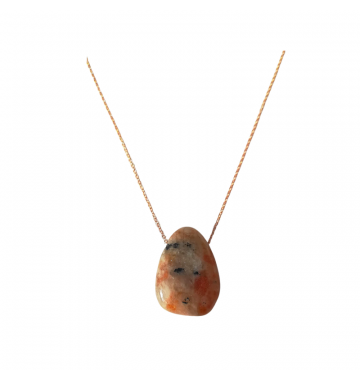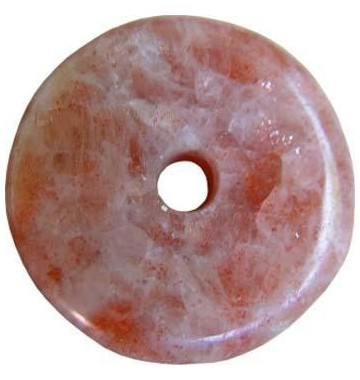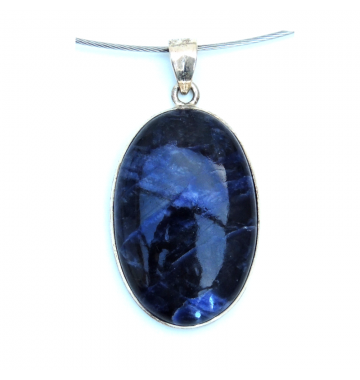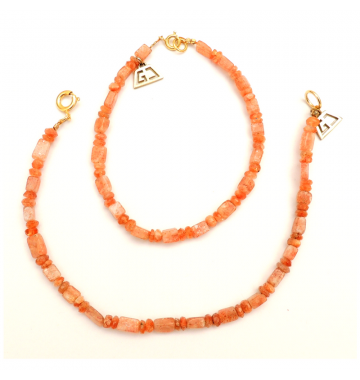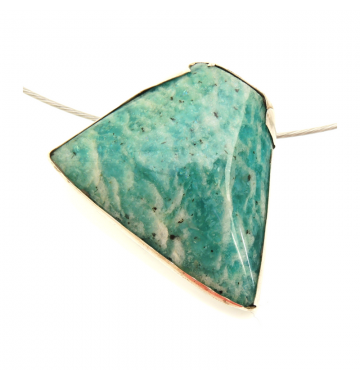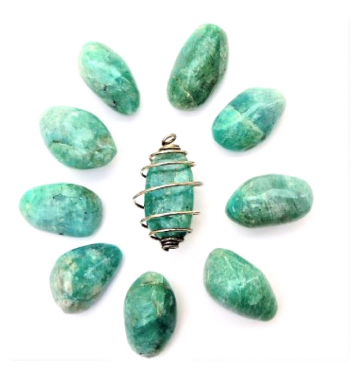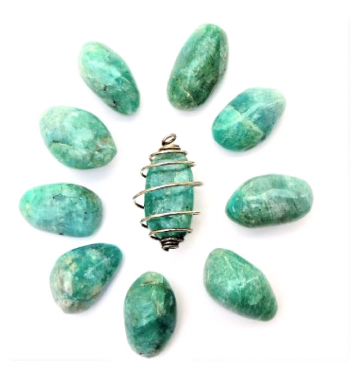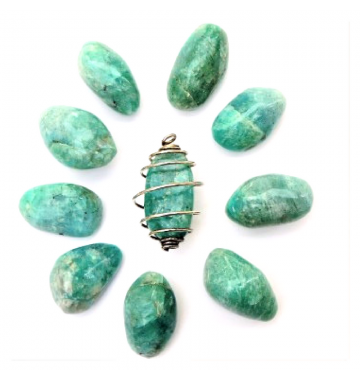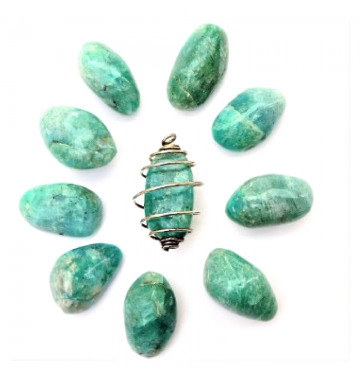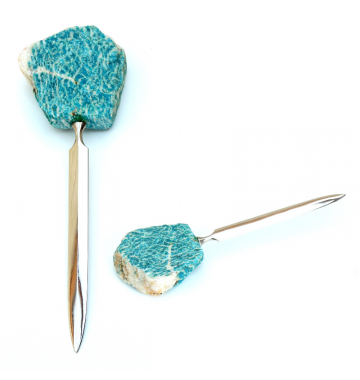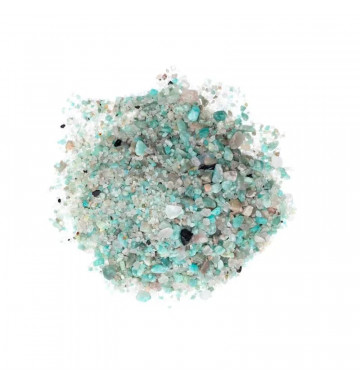Schiller
A variable optical phenomenon in gems or minerals, related to sheen; varies from a milky to an almost metallic shimmer to a vivid iridescent play of color. It is usually seen just below the surface in certain varieties of pyroxene, feldspar, etc. Schiller effects are the result of thin microscopic inclusions within a translucent mineral, usually as exsolution lamellae, which refract and reflect incident light. Labradorite, a Na-rich anorthite (a plagioclase feldspar), sometimes exhibits a very pronounced iridescent schiller, also termed labradorescence, in particular where it contains appreciable K. This is due to the presence of a miscibility gap, causing exsolution of orthoclase from the plagioclase host during cooling. Gemstones cut from this material have been termed spectrolite. K-feldspars (probably between microcline and orthoclase in structure) with well developed schiller due to microperthite (exsolution of albite), produce semi-precious gemstones usually known as moonstones. Adularia, a low temperature K-feldspar of variable structure, also can exhibit this milky schiller, also termed adularescence. Sunstone or aventurine feldspar is a variety of feldspar (microcline or oligoclase) that has schiller with an orange/brown background color, and containing small hematite crystals that give it an additional sparkle.
-
Sodalite silver pendant oval
€51.16Large Hole Gemstone Bead,
Sodalite, Barrel,
925 Silver lined
04mm large hole -
Rare Sprakling Sunstone...
€49.00Spiral stone
This is a tumbled or cut gemstone in the size: approximately 20-30x <25 mm.
Fits in a 25mm spiral pendant, with this you can also wear your gem as a piece of jewelry, for example as a pendant, on a chain, your bag or key ring.This way you always have your favorite gem with you.
Because I have different spiral pendants and chains in stock, you can add these to your own taste to your order,
here you will find spiral pendants, matching key chains and / or necklace or cord .
The name of the gem is, as in the product name, you want to know more about this gem then you will find the information via the healing stones abc -
copy of Amazonite Pendant
€61.71Amazonite Pendant
Bluegreen with white inclusions
and sometimes optical phenomena
hanging on silver loop
size: approx. 20 mm
-
Amazonite Tumbled a 15-20gr.
€4.50Spiral stone
This is a tumbled or cut gemstone in the size: approximately 20-30x <25 mm.
Fits in a 25mm spiral pendant, with this you can also wear your gem as a piece of jewelry, for example as a pendant, on a chain, your bag or key ring.This way you always have your favorite gem with you.
Because I have different spiral pendants and chains in stock, you can add these to your own taste to your order,
here you will find spiral pendants, matching key chains and / or necklace or cord .
The name of the gem is, as in the product name, you want to know more about this gem then you will find the information via the healing stones abc -
Amazonite Tumbled a 10-15gr.
€3.50Spiral stone
This is a tumbled or cut gemstone in the size: approximately 20-30x <25 mm.
Fits in a 25mm spiral pendant, with this you can also wear your gem as a piece of jewelry, for example as a pendant, on a chain, your bag or key ring.This way you always have your favorite gem with you.
Because I have different spiral pendants and chains in stock, you can add these to your own taste to your order,
here you will find spiral pendants, matching key chains and / or necklace or cord .
The name of the gem is, as in the product name, you want to know more about this gem then you will find the information via the healing stones abc -
Amazonite Tumbled 40-45mm a...
€5.50Spiral stone
This is a tumbled or cut gemstone in the size: approximately 20-30x <25 mm.
Fits in a 25mm spiral pendant, with this you can also wear your gem as a piece of jewelry, for example as a pendant, on a chain, your bag or key ring.This way you always have your favorite gem with you.
Because I have different spiral pendants and chains in stock, you can add these to your own taste to your order,
here you will find spiral pendants, matching key chains and / or necklace or cord .
The name of the gem is, as in the product name, you want to know more about this gem then you will find the information via the healing stones abc -
Amazonite Tumbled 10-15gram
€3.03Spiral stone
This is a tumbled or cut gemstone in the size: approximately 20-30x <25 mm.
Fits in a 25mm spiral pendant, with this you can also wear your gem as a piece of jewelry, for example as a pendant, on a chain, your bag or key ring.This way you always have your favorite gem with you.
Because I have different spiral pendants and chains in stock, you can add these to your own taste to your order,
here you will find spiral pendants, matching key chains and / or necklace or cord .
The name of the gem is, as in the product name, you want to know more about this gem then you will find the information via the healing stones abc -
Amazonite Tumbled
€4.00Spiral stone
This is a tumbled or cut gemstone in the size: approximately 20-30x <25 mm.
Fits in a 25mm spiral pendant, with this you can also wear your gem as a piece of jewelry, for example as a pendant, on a chain, your bag or key ring.This way you always have your favorite gem with you.
Because I have different spiral pendants and chains in stock, you can add these to your own taste to your order,
here you will find spiral pendants, matching key chains and / or necklace or cord .
The name of the gem is, as in the product name, you want to know more about this gem then you will find the information via the healing stones abc -
-
-



